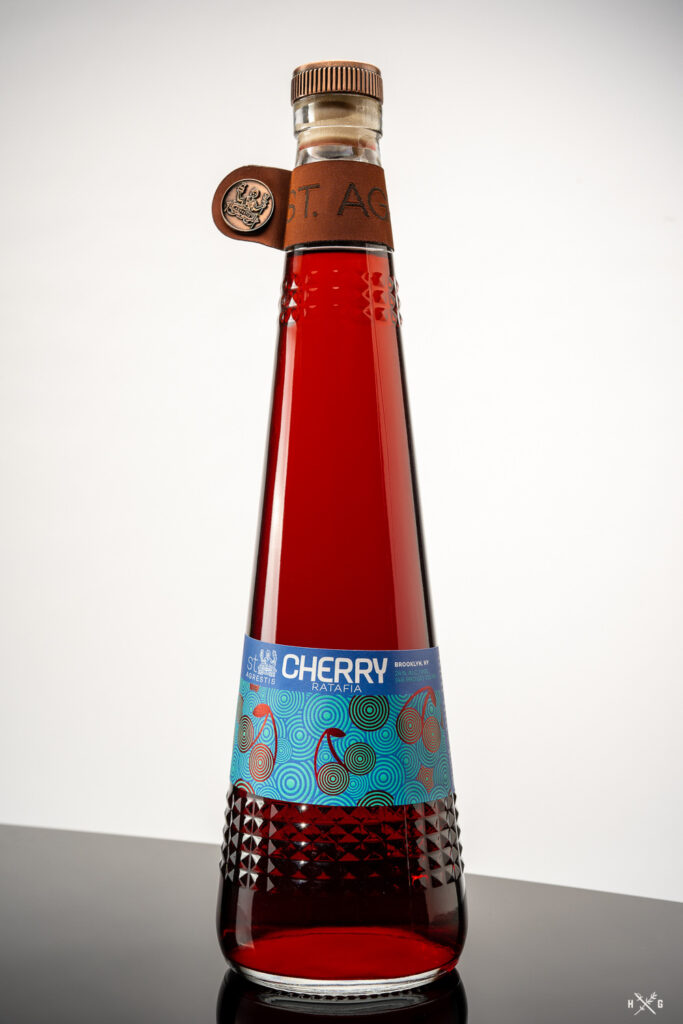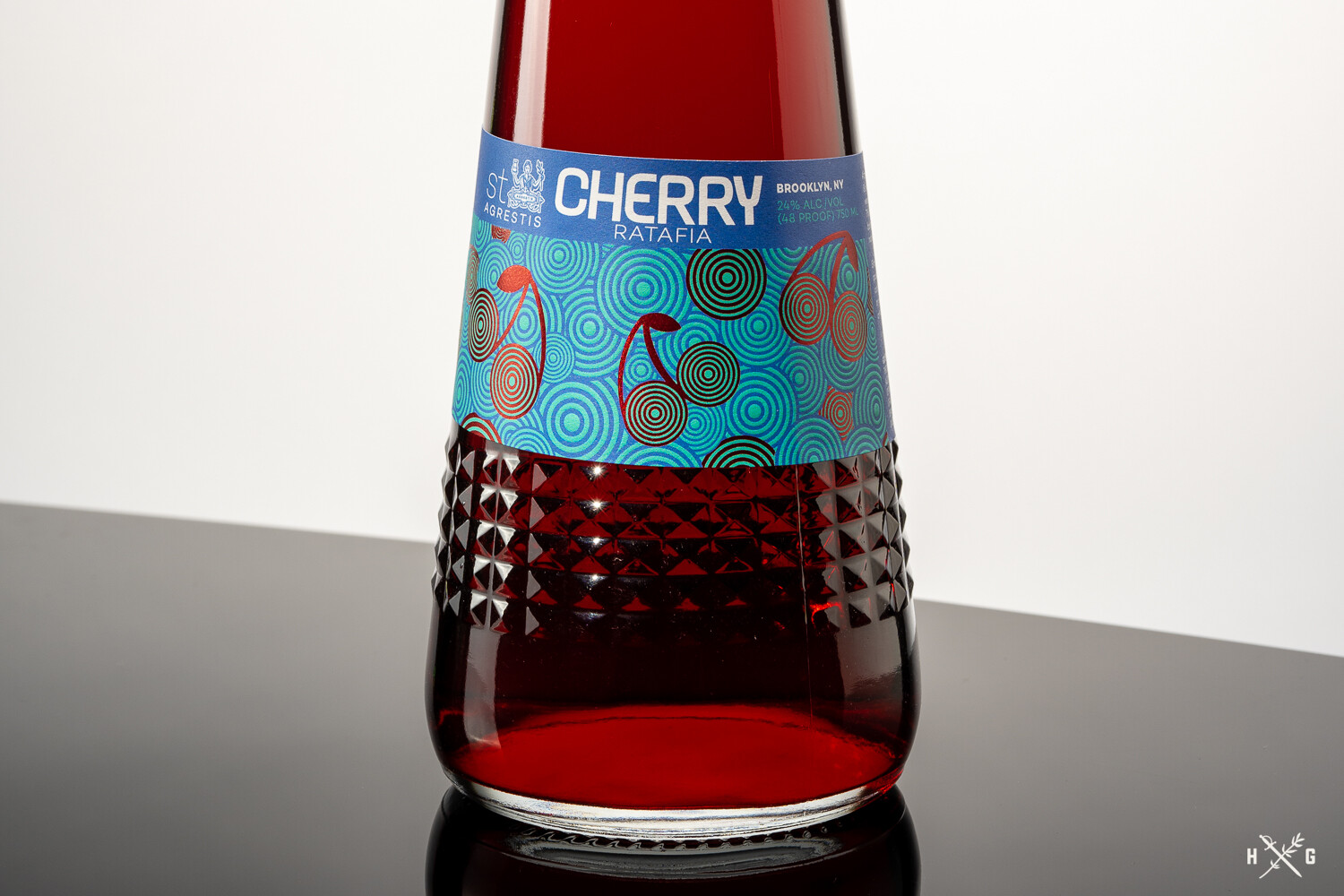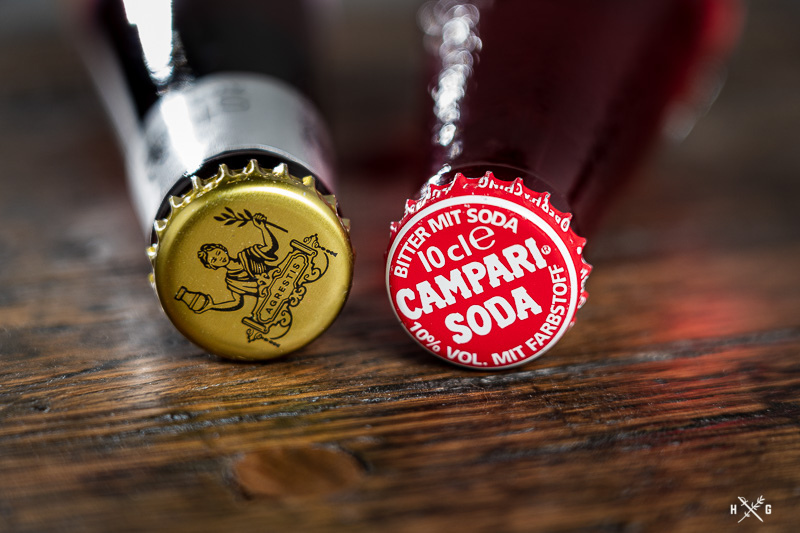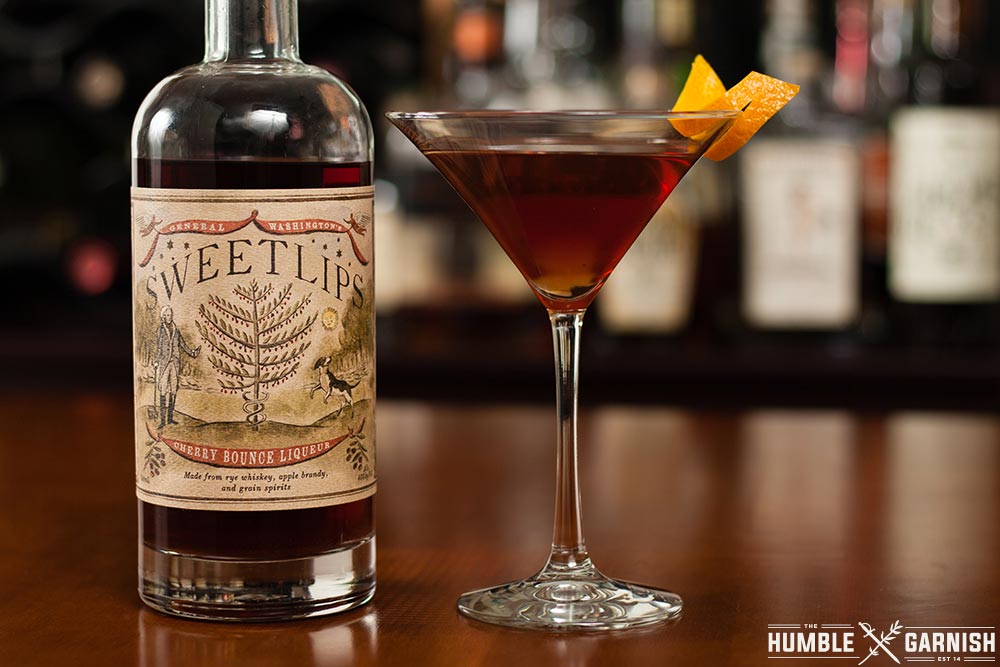Once again, St. Agrestis has released a liqueur that is unlike anything I’ve tasted. Their latest release, St. Agrestis Cherry Ratafia, is a limited bottling that is only available through their new members-only subscription, the Sinners + Saints Society.
St. Agrestis is far from a household name, however cocktail enthusiasts certainly took note when they released a boxed negroni back in 2020. I previously reviewed their bottled negroni, and find it to be an exceptional choice when opting for convenience. In addition, the zero-proof version which they dub the Phony Negroni has a permanent spot reserved in my fridge for those times I choose to not imbibe.
Cherry Ratafia is the first release of the Sinners + Saints Society, and it is also the first time I heard of a ratafia. Ratafia liqueurs are a broad category which includes any liqueur made from fruits macerated in a spirit and flavored with either cherry, almond, peach, or apricot pits, then spices and sugar are added. With this broad definition, everything from falernum to cherry heering are technically ratafias. Ratafias can stylistically fall into three categories (Italian, Catalonian, or French) based on regional ingredients and production methods. With the inclusion of sour cherries, St. Agrestis’ Cherry Ratafia falls into the Italian style.

St. Agrestis selected a rare variety of Michigan cherry to macerate (fruit and pit) in barrel-strength St. Agrestis Amaro for over 16 weeks. The ratafia then underwent an additional 4 months of aging in steel. The result is balanced ratafia clocking in at 24% ABV. The ratafia is sweet yet the tartness of the cherries are pronounced. On the palate, it’s filled with notes of baking spices, particularly cinnamon and clove, as well as a moderate mintiness on the finish. It’s certainly in a category of its own, but the closest (and equally obscure) liqueur to it that I have tasted is cherry bounce.
Personally, I enjoy a small sip of Agrestis’ ratafia neat, but it would play well with whiskey, gin, and mezcal. Their suggestion is to add it to club soda or prosecco for a light cocktail option or as a modifier in an old fashioned or a Manhattan.
St. Agrestis Cherry Ratafia is available exclusively through the Saints + Sinners Society on the St. Agrestis website and is limited to under 1,000 bottles. This membership society is $125 per quarterly release and secures two bottles. The membership does not auto-renew in case you decide you want to skip a particular bottling. It’s the perfect way for the cocktail enthusiasts who is into the more obscure bottles to add some variety to their shelf.
Additional Resources:
- Wikipedia – ratafia
- Difford’s Guide – ratafia
- Wine Mag – Meet Ratafia a Sweet Liqueur with History and Deep Traditions
- St. Agrestis Official Site
I created The Humble Garnish because I’m passionate about cocktails. Occasionally, I am provided with products for review or other perks. Many product links on this site are affiliate links that give me a very small kickback, and costs the buyer nothing extra. For example, as an Amazon Associate, I earn from qualifying purchases after a link leading to Amazon is clicked. Other links may earn me affiliate commissions as well. This helps offset the cost of creating content for the site – things like camera gear, software, alcohol, glassware. I have at times accepted and at other times declined free products. I promote what I love and use, and rarely will write about a product that I don’t appreciate or own. If I don’t like a product or service, I often simply choose not to write about it.
– Andrew



